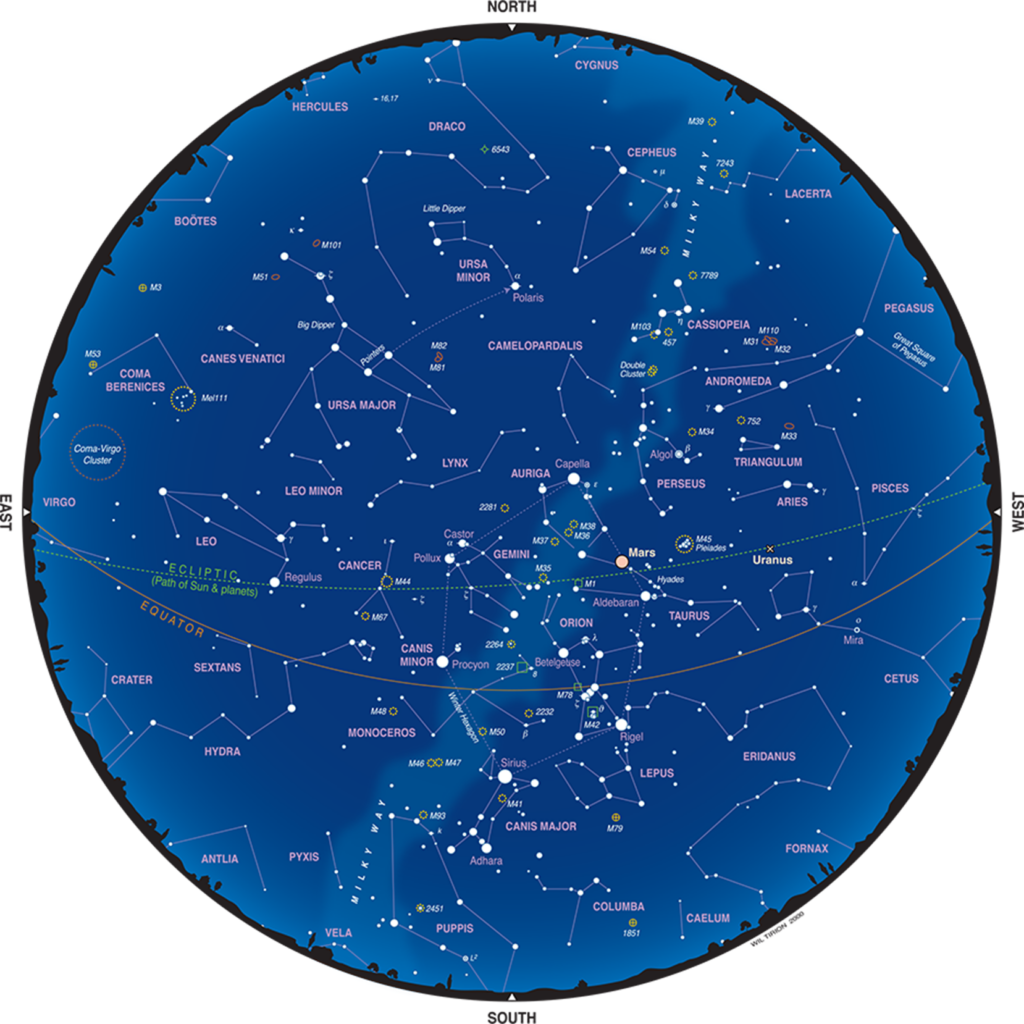By Astronomer Jim
March is one of the very best months of the year for bright stars constellations. Orion is plainly visible in the southwest and the bright constellations of Canis Major (the Big Dog), Canis Minor (the Little Dog), and Gemini (the twins) are also visible in the southern sky. Plus, we have some bright planets to observe! Here are details:
- March 1: At dusk and in the southwest, Venus and Jupiter are a mere ½-degree apart! This will be their last close “conjunction” until 2027.
- March 2: On the night of 2nd, the moon is situated between Castor and Pollux, the two brightest stars in the constellation of Gemini.
- All month, you can see reddish-colored Mars shining above the constellation of Orion (see it on below star chart). In Roman mythology, Mars is the God of War and is from Mas that the month of March is named.
- March 20th: Spring begins!
- March 23 & 24: On the 23rd, the crescent moon is 5 degrees below Venus, and then on the night of the 24th, it is 5 degrees above Venus. That observation will be an easy way to see how the moon and planets can be seen as moving from one night to the next.
- March 25th: The moon will be only 1½ degrees away from the Pleiades. How many of the “Seven sisters” can you see with just your eyes? If you use binoculars, you’ll be able to easily see all seven.
- March 27th: We have a “planet line-up!” At dust, Mercury and Jupiter are on the western horizon, very close together (and very close to the horizon—only 3½ degrees above the horizon). The looking west, in order we then have bright Venus and Mars. Remember that except for the sun and moon, Venus is the brightest object in our skies.
- March 29th: The moon has now completed a full circle about the earth and is again seen as being very close to the bright star of Pollux in Gemini.
Let’s spend some time exploring Orion. If you can use a pair of binoculars, you’ll be able to see everything that we’ll discuss. The ancients thought that Orion was a hunter that was sent into the sky to slay Taurus, the bull. Below are two photos of Orion, one shown with enhanced star colors. Here are 5 things to look for in Orion:
- Betelgeuse. Betelgeuse is giant red star, multiples larger in size than our sun. In recent years, it has been significantly changing brightness. Some scientist believe that it might someday explode causing a supernovae!
- Rigel. Is a very bright blue-white stars (which also means is a very hot star).
- The “belt” of Orion with the three stars in a row.
- The sword of Orion, dangling from his belt
- The faint glow in the middle of Orion’s sword (dangling from his belt) is the famous “The Great Nebula” or M42. Within this nebula, new stars are created—about every hundred million years! Below is closeup of M42.
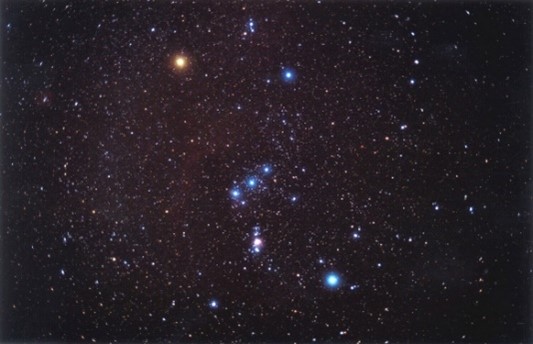
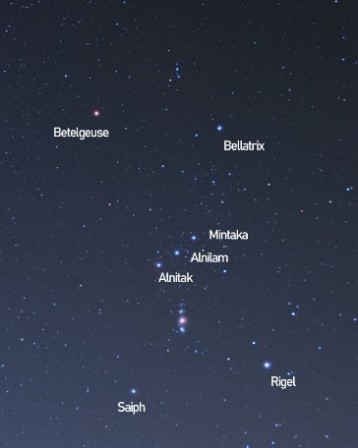
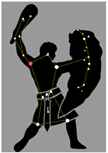
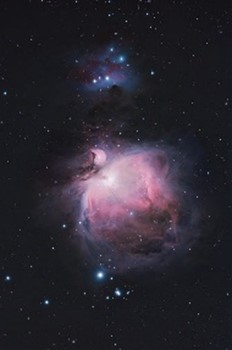
Special Topic: Earthshine
We always think of the moon as being lit by the reflection of the sun’s light, and that is certainly mostly true. However, the moon is also lit by the earth! Some amount of the sun’s light is reflected from earth to the moon, and then again back to us. This is called “earthshine.” When you look at a crescent moon and see that crescent is bright, but the rest of the moon is still visible, although very dimly, that dim reflection is from earthshine.
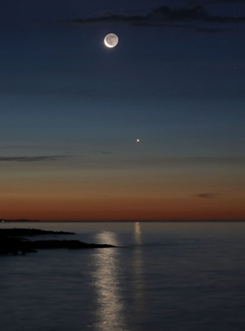
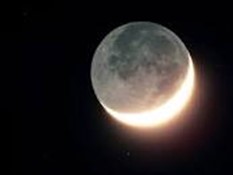
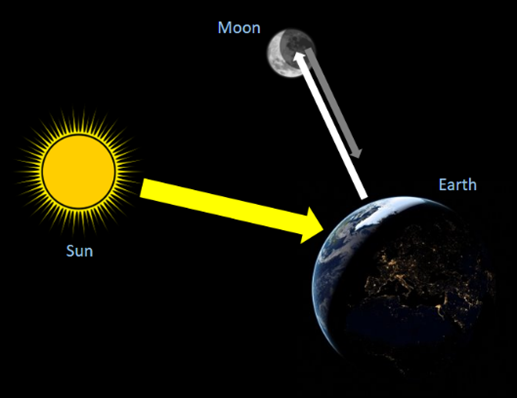
Star Chart for March
